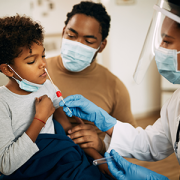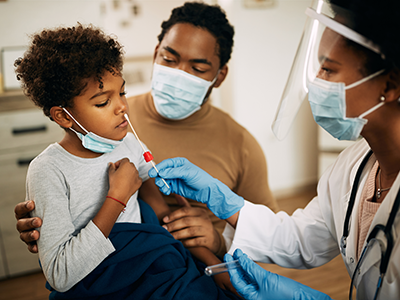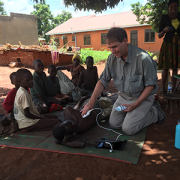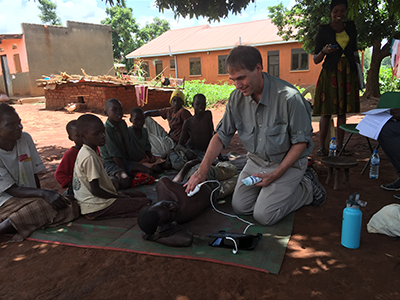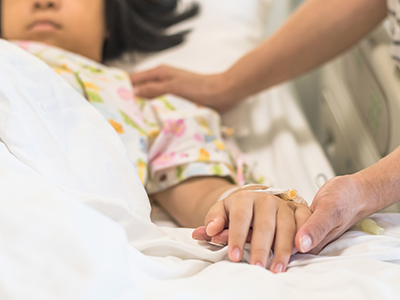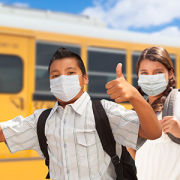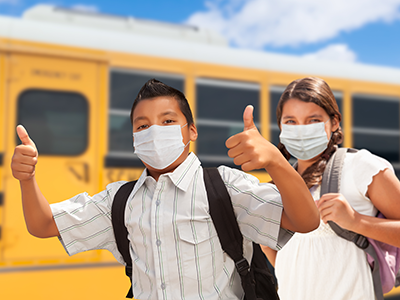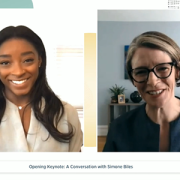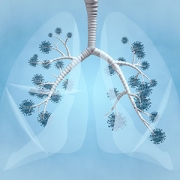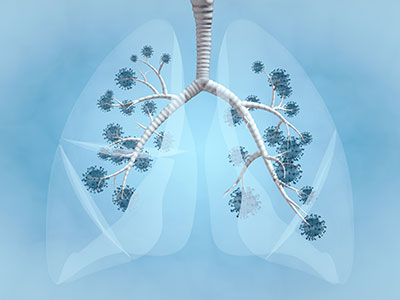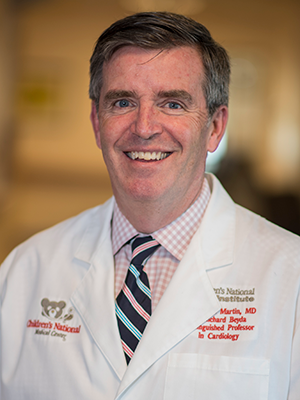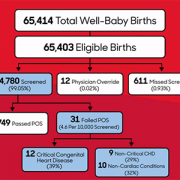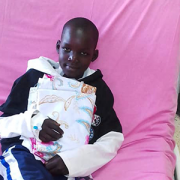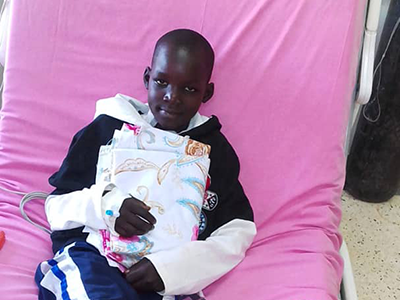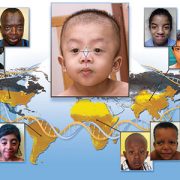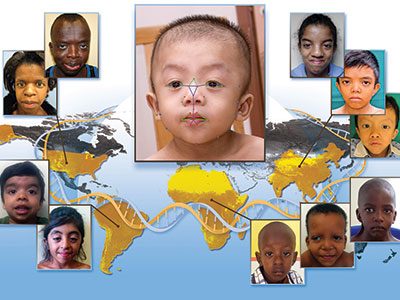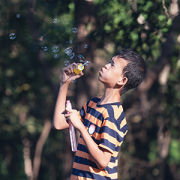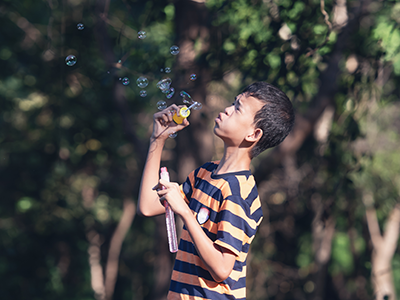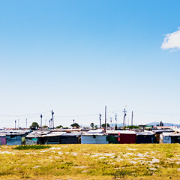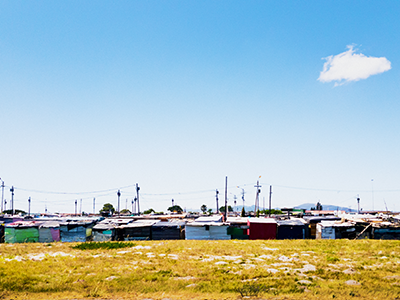Study shows increase in diabetes cases during COVID-19 pandemic
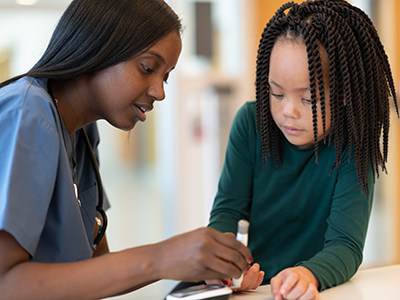
A retrospective study found pediatric Type 1 diabetes cases rose 15.2% and Type 2 diabetes cases increased by 182% during the first year of the COVID-19 pandemic compared to the prior two years— affecting non-Hispanic Black youth the most.
While the effects of COVID-19 on diabetes-related outcomes are extensively studied in adults, data about the incidence and severity of presentation of pediatric new-onset Type 1 diabetes (T1D) and Type 2 diabetes (T2D) is limited. A new retrospective study of 737 youth diagnosed with diabetes at Children’s National Hospital between March 11, 2018 and March 10, 2021 found pediatric T1D cases rose 15.2% and T2D cases increased by 182% during the first year of the COVID-19 pandemic compared to the prior two years — affecting non-Hispanic Black youth the most.
The study, published in Hormone Research in Paediatrics, compared T1D and T2D cases during the first 12 months of the pandemic, between March 11, 2020 and March 10, 2021, to the same time in the previous two years. This increase in cases was accompanied by a nearly six-fold rise in diabetic ketoacidosis (DKA) and a 9.2% incidence of hyperosmolar DKA during the pandemic as compared to no cases in the two years prior.
“A better understanding of the impact of the COVID-19 pandemic is crucial for raising public awareness, shaping policy and guiding appropriate health screenings,” said Brynn Marks, M.D., M.S.H.P.Ed., endocrinologist at Children’s National and lead author of the study.
Children’s National provides clinical care to approximately 1,800 youth with T1D and 600 youth with T2D annually. In the two years before the pandemic, cases of T2D accounted for 25.1% of all newly diagnosed diabetes at Children’s National compared to 43.7% during the pandemic. Before the pandemic, females accounted for 59.6% of youth with new-onset T2D but 58.9% of new-onset T2D cases were among males during the pandemic.
The researchers noted that the rise in cases of T2D and severity of presentation of both T1D and T2D during the pandemic disproportionately impacted non-Hispanic Black youth (NHB). NHB youth accounted for 58% of cases of T2D pre-pandemic, which further increased to 77% during the pandemic. The findings also showed that cases of DKA among NHB youth newly diagnosed with T1D increased during the pandemic compared to the two years before (62.7% vs. 45.8%, p=0.02). Before the pandemic, there was no significant difference in A1c at T1D diagnosis between racial and ethnic groups. However, during the pandemic, hemoglobin A1c levels were higher among NHB youth.
“Future studies are needed to understand the root cause of the disproportionate impact of the COVID-19 pandemic on non-Hispanic Black youth with newly diagnosed diabetes,” said Dr. Marks. “These outcomes during the pandemic will likely worsen pre-existing health care disparities among youth with diabetes. In understanding the indirect effects of our response to the pandemic, we can better inform future emergency responses and develop strategies to improve outcomes for all youth living with diabetes.”



